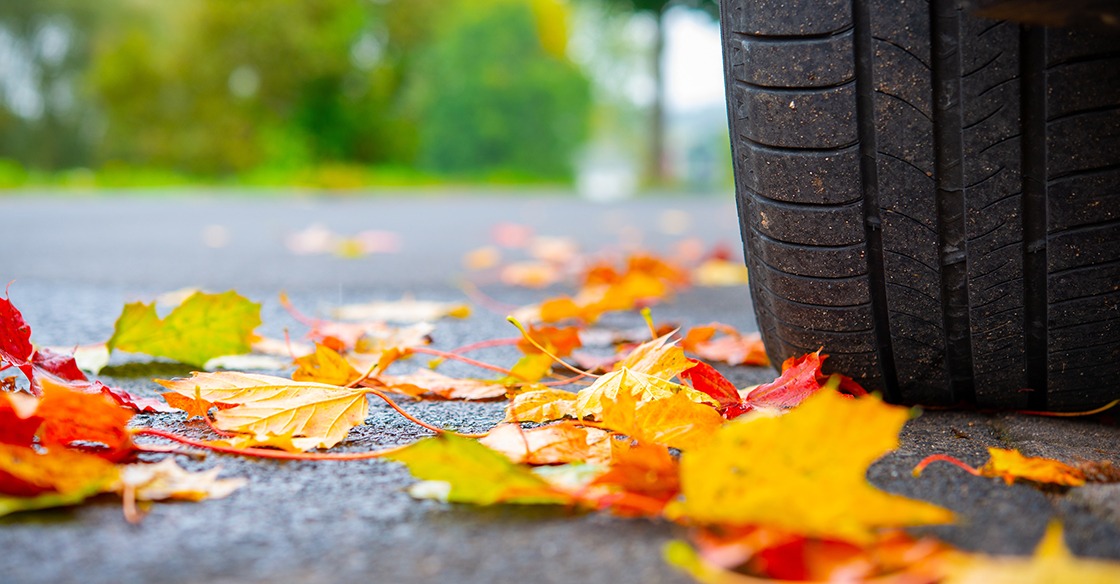How You Can Be Safe When Driving in The Fall Months and Cold Weather?
Autumn is upon us, which means the weather becomes unpredictable.
You leave the house during a bright, beautiful afternoon and before you know it, there’s the downpour and cold. As the days become shorter, fall also means the presence of unique driving hazards to the roads. Of course, things can only get worse as winter approaches.
If it’s your first time driving during the fall season, know that you are in for a new set of driving challenges. More than ever, road safety is something that you can’t afford to overlook.
To help you with driving more safely during the fall months and cold weather, here are some tips that you should keep in mind.
1. Watch Out for Kids
Fall season means that kids are back to school, which means driving safely is a must. Aside from the increased pedestrian, there are also more cars and buses on the roads.
As the school starts, many youngsters haven’t developed the habit of looking out for moving traffic before crossing the road. This is especially true when a school bus loads or unloads. Remember that it’s illegal to drive past a stopped bus with lights flashing.
You’ll know because there’s a big stop sign extending out and the lights are flashing.
2. Beware of Darkness
With shorter days, you’ll likely leave home for work while it’s dark and drive home in the darkness as well. Once the U.S. shifts back to standard time by November, the dark skies come even earlier. According to the National Safety Council, night time is the most dangerous time to drive and 50% of road accidents happen at night.
At night, your vision is compromised. A 50-year old driver may need twice as much light to see as well as a 30-year old driver. At 60, driving can become more difficult due to degenerative eye diseases.
For driving more safely during nighttime, try to limit your driving during daytime and make sure that your headlights are clean and working properly.
3. Mind the Leaves

Fall foliage is always beautiful but leaves become driving hazards as they begin to fall. Fallen leaves can obscure traffic lines, pavement markings, and other road hazards. Plus, the leaves can also make the streets slick and becomes even more dangerous when it rains.
Wet leaves can be as slippery as ice. If you see a bunch of wet leaves on the road, you should drive slowly through them and avoid braking too hard. Otherwise, you’ll find yourself in a collision repair shop.
4. Dampness = Slippery Surface
Any dampness or puddle is dangerous because it can cause the front wheels to float, which is called hydroplaning. As a result, you’ll lose control of your steering.
Puddles and damp surfaces can become even more dangerous when they mix with fallen leaves. Your best bet is to slow down your speed and drive through the tracks of other cars if you’re on a busy road.
Be Extra Cautious While Driving in the Fall
Identifying these driving hazards is the first step to avoiding them and driving more safely. If you ever find yourself in an accident, visit a reliable auto body shop so you can get back on the road.
